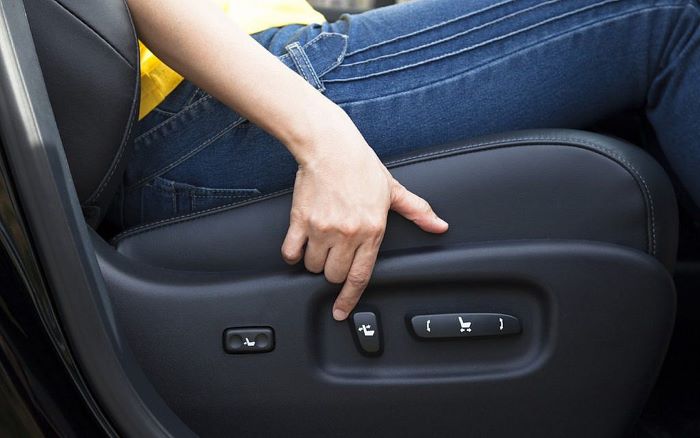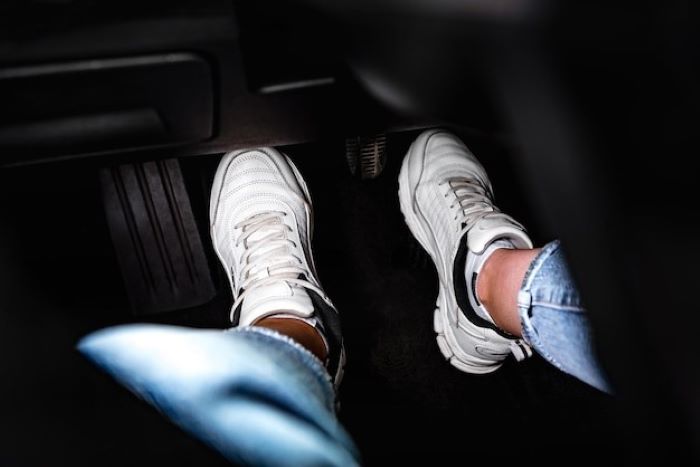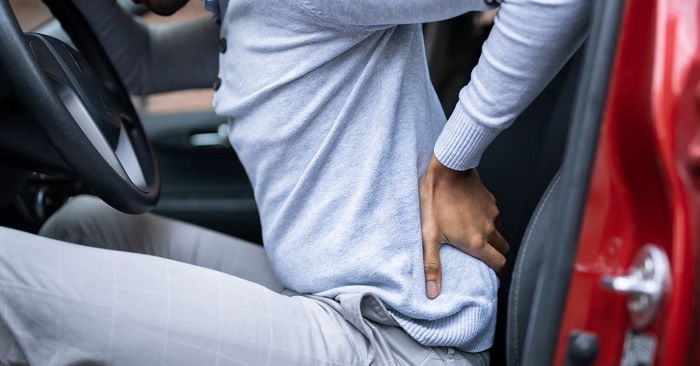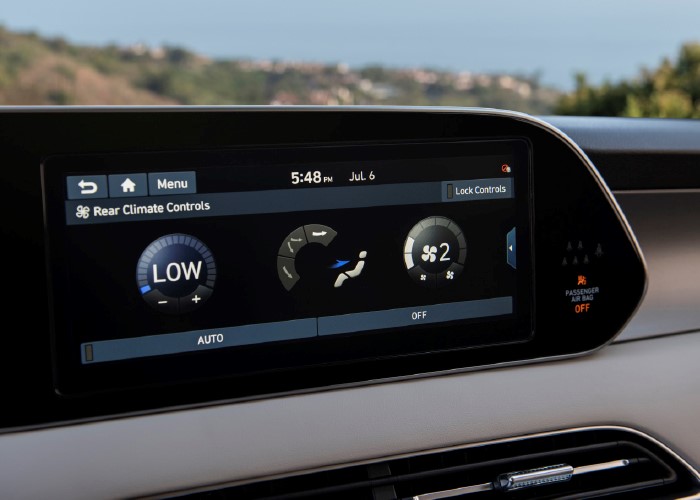
Did you know that the way you adjust your car seat can significantly impact your back health? Spending long hours commuting or traveling can take a toll on your spine if you’re not seated correctly. But don’t worry! With the right techniques, you can ensure a comfortable and safe drive. Here’s a guide to help you adjust your car seat for maximum back support.
1. Start with the Basics
Before delving into the technicalities, it’s essential to understand the foundation of spinal health. The spine is a delicate structure that requires care and attention, especially when subject to prolonged sitting. In a revealing review from My Back Pain Coach, the intricate relationship between back health and daily activities, including driving, is discussed in-depth. It emphasizes the importance of ergonomics, something often overlooked.
2. Seat Position
Your seat’s position plays a crucial role in distributing your body weight evenly, thus reducing the strain on your lower back. It’s recommended that the driver’s seat is adjusted so your thighs are somewhat parallel to the floor with your knees slightly lower than your hips. This position reduces pressure on the sciatic nerve.
3. Lumbar Support
Most modern vehicles come equipped with built-in lumbar support. Adjust this feature so that it fits the curve of your lower back. If your vehicle doesn’t have this feature, consider investing in a lumbar cushion or roll. For some DIY alternatives, this guide on how our ancestors innovated with available resources can offer some inspiration.
4. Recline Angle
Your seat’s reclining angle shouldn’t be too laid back. Aim for a 100-110 degree angle between your upper body and thighs. This positioning maintains the spine’s natural curve and reduces forward head posture, which can lead to neck pain.
5. Headrest Position
The headrest isn’t just there for comfort—it’s a critical safety feature in case of an accident. Adjust it so the center aligns with the back of your head. Not only does this reduce whiplash risk, but it also prevents the onset of tension headaches from straining the neck.
6. Steering Wheel Grip
Your grip on the steering wheel and its position can either increase or decrease strain on the shoulders and upper back. Holding the wheel at “9 and 3 o’clock” is generally recommended. If you need more insight into developing proper gripping techniques, this article about hand exercises might give you some useful pointers.

7. Take Regular Breaks
Lastly, remember to take regular breaks if you’re on a long drive. Stop every hour to stretch and move around, even if it’s just for a few minutes. Regular movement can prevent stiffness and reduce the risk of back pain.
In conclusion, the way you adjust your car seat can either be your back’s best friend or its worst enemy. But with these simple adjustments, you can ensure a healthier spine and a more comfortable journey. Drive safely!
The Importance of Proper Footwear

When considering driving ergonomics, many people overlook the importance of wearing the right shoes. Driving in high heels, flip-flops, or even overly bulky shoes can hinder your ability to use the pedals effectively. This doesn’t just lead to discomfort but also poses a safety risk. A shoe with a thin sole allows for better pedal feel, making it easier to modulate the throttle and brakes. A proper driving shoe should offer a good grip, have a sole that is not too thick, and be comfortable for prolonged periods. If you’re prone to backaches, a shoe with good arch support can make a world of difference.
Steering Wheel Adjustments and their Effects

The positioning of your steering wheel is equally vital for back support. If the steering wheel is too far, drivers tend to lean forward, curving their spine and neck. On the contrary, if it’s too close, it can cause the driver to hunch, leading to upper back and shoulder strain. The ideal position is when the wrists rest on top of the steering wheel with the arms straight. This ensures a comfortable distance without overextending or hunching. Additionally, the tilt of the steering wheel can be adjusted to ensure it’s directly in line with the driver’s sight. Having direct sight reduces the need to strain the neck while looking at the dashboard or controls.
Role of Temperature in Driving Comfort

Believe it or not, the temperature inside your car can also influence your back’s comfort. Cold temperatures can cause muscle stiffness, which can lead to backaches. On the other hand, excessive heat can cause discomfort, making you restless and leading to poor posture. Heated car seats can be a great way to maintain muscle flexibility during cold months. During hotter days, ensure that your car’s air conditioning or ventilation system is working efficiently. Regular maintenance checks can help in ensuring these systems run smoothly. Also, consider using sunshades when parking under direct sunlight to prevent excessive heat buildup.
